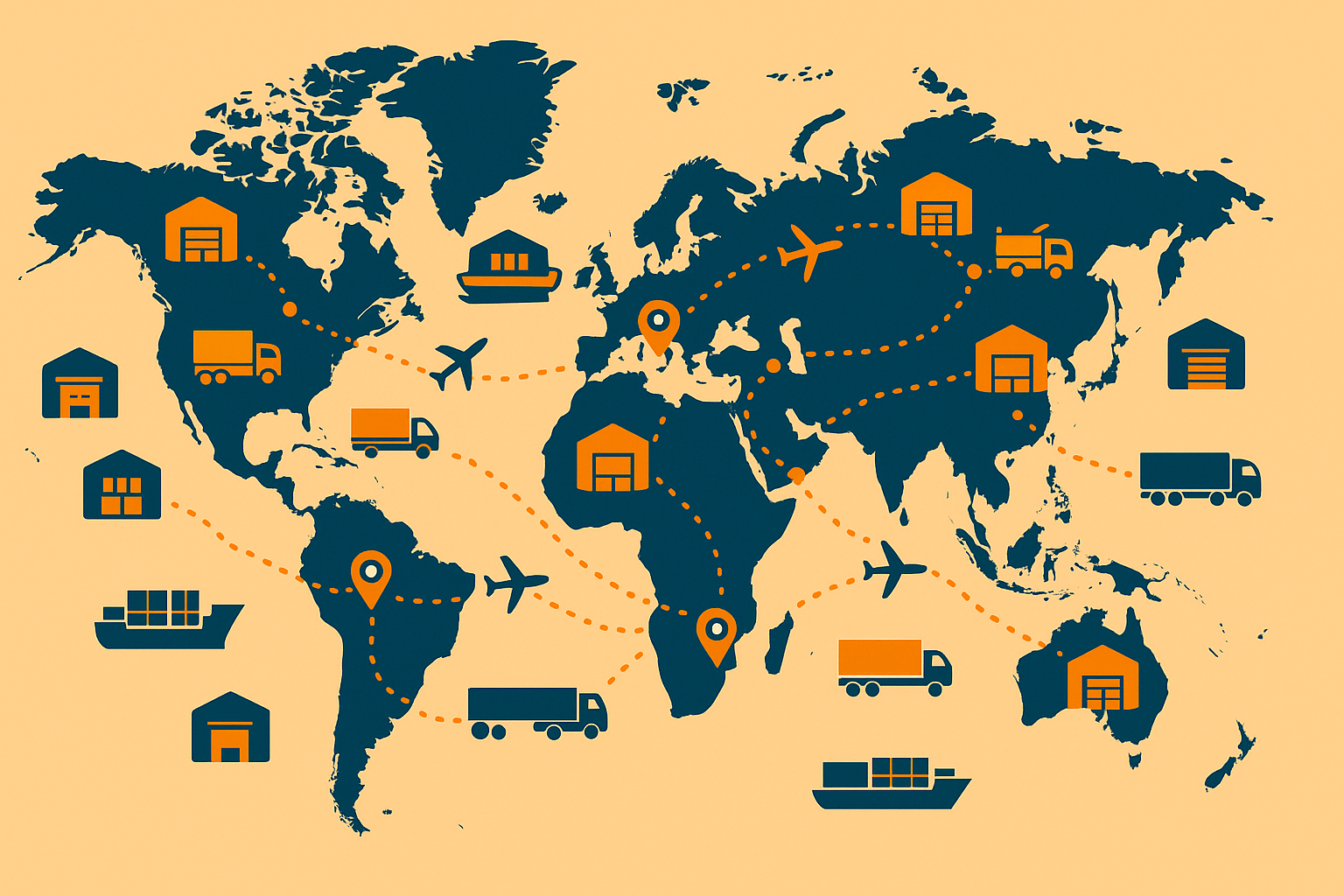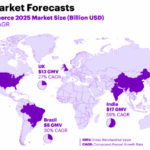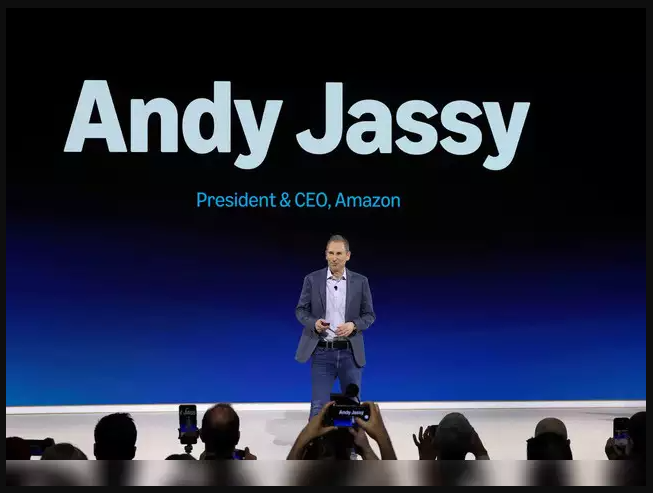Amazon CEO Andy Jassy has said that new US tariffs on Chinese imports may lead to price increases for customers, particularly through third-party sellers on the platform. Speaking in an interview with CNBC’s Andrew Ross Sorkin, Jassy explained that while Amazon itself will try to absorb costs where it can, many independent sellers may have no choice but to pass on the added expenses to shoppers.
The comments came in response to recent decisions by US President Donald Trump, who last week announced a series of tariffs on several countries, including a notable increase in duties on Chinese goods. Although the administration paused some of the tariffs midweek, the new measures on Chinese imports remain in place. For a company like Amazon, which sources a significant portion of its inventory from China, the effects could be substantial.
“We look at all the things that could impact consumers and customers,” Jassy said. “It’s hard to know what’s really going to happen. There’s a lot of flux right now.”
Jassy noted that, so far, Amazon hasn’t observed major shifts in customer buying behaviour, despite the political and economic uncertainty. He said it’s too soon to predict how shoppers might react in the long run if prices begin to rise.
When asked if Amazon was actively engaged in discussions with the Trump administration, Jassy confirmed that the company has communicated its concerns. “We’ve shared our perspective, and they’re aware of it,” he said, without going into detail about the nature of the discussions.
The implications of these tariffs are wide-ranging. Many of Amazon’s marketplace sellers — small and mid-sized businesses who import directly from manufacturers in China — operate on thin profit margins. With new duties increasing the cost of bringing products into the US, sellers could find it difficult to absorb the extra charges without adjusting their prices.
For customers, this may mean higher prices on everyday items, particularly in categories like electronics, home goods, toys, and fashion — areas where Chinese suppliers play a large role. While Amazon has traditionally worked to keep prices competitive, the sheer volume of its marketplace makes full control over pricing impossible.
It remains to be seen whether Amazon will take additional steps to soften the impact, such as subsidizing some of the costs for sellers or shifting parts of its supply chain. For now, both buyers and sellers are being advised to prepare for some changes.
Stay tuned with DMSMatrix for more updates on how trade policy shifts are affecting the e-commerce landscape.










